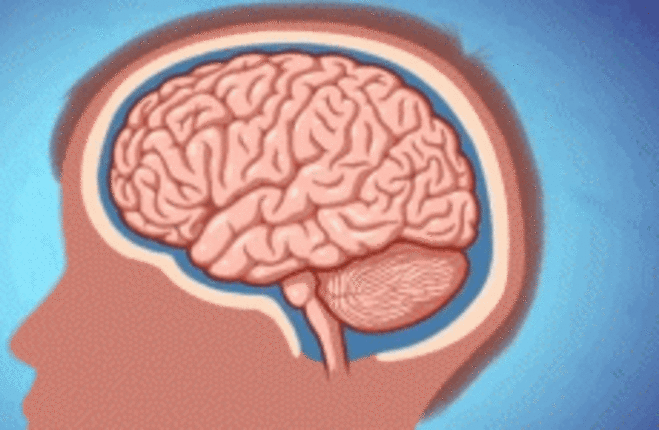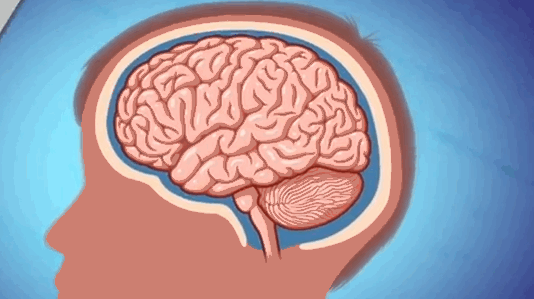
- Australia's largest state hits record-high COVID-19 cases despite weeks of strict lockdown. 'It's a tinderbox ready to explode,' one official said.
- eToro says crypto made up 73% of trading commissions in the last quarter, as retail customers dived in
- A flight attendant says she was too exhausted to report a passenger who shoved her when a flight was overbooked: report
- US jobless claims climb for first time in 5 weeks, to 353,000
THE NFL RECENTLY paid millions of dollars to settle a court case brought by dozens of its football players. These players have serious neurological problems from concussions they got playing the game.
For years the NFL claimed that concussions and the resulting neurological conditions of its players were rare. But an investigation into the dark history of concussions in the NFL published by PBS Frontline and new scientific studies show multiple blows to the head cause serious permanent brain problems for these players.
We’ve put together an explanation of what actually happens to these football players’ brains — or anyone’s brain — when they get a concussion.
Right now your brain is perfectly balanced in your skull, suspended in cerebrospinal fluid that provides protection for the brain. But when the head hits something with a hard enough impact — like a football player slamming into another player’s head — this small fluid layer is not enough protection.
The brain bumps into the skull’s interior, physician Richard Smyada wrote in Scientific American. A bruise develops where the brain initially hits the skull and a second one develops on the opposite side when the brain is jarred back in place. You can think of it as dribbling a basketball — the ball hits the ground and then bounces back and hits your hand. These two bruises that develop on the brain are called the coup and the contrecoup.
The brain can actually twist and rotate too, depending on the kind of impact. This twisting motion stretches and strains the nerve cells in the brain. Their ability to send and receive messages from the rest of the body is disrupted because the axons — the long fibers that brain cells send signals through — stretch and sometimes swell.
Too much stretching and swelling of these nerve cells means they permanently lose their ability to communicate with the rest of the body.
A concussion immediately paralyses the nervous function of the brain — you can’t sense anything for a moment. But this paralysis is reversible, and goes away not too long after the impact. You don’t actually have to be knocked unconscious to have a concussion.
There are essentially three levels of severity, according to Missouri University Health Care:
- The person is confused and unable to think clearly, but still conscious. This usually lasts less than 15 minutes.
- The person is still conscious, but is confused and experiences memory loss. This lasts at least 15 minutes.
- The person is actually knocked unconscious. When they regain consciousness, they will noticeably have trouble moving and thinking clearly.
No one recovers quite the same — it can take days, sometimes weeks depending on the person and the severity of the injury.
The brain is not completely healed until all of the symptoms of concussion are gone.
Getting multiple concussions over time, especially if you get a second concussion when you are still experiencing symptoms from the first, can lead to serious neurological problems. The brain’s nerve cells need time to recover and return to normal after one concussion, and multiple concussions make nerve recovery take much longer. After enough concussions, the nerves may not ever fully recover.
Some NFL football players who get pummelled over and over again have developed a disease called chronic traumatic encephalopathy — which causes the brain to break down over time, leading to memory loss, depression, and even dementia.


